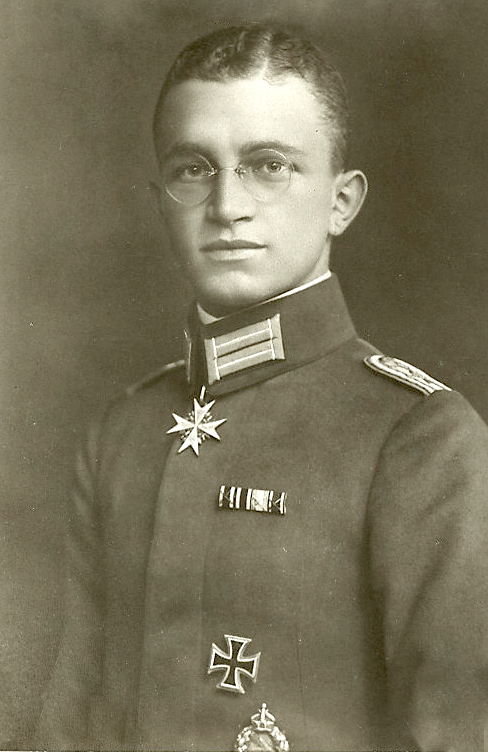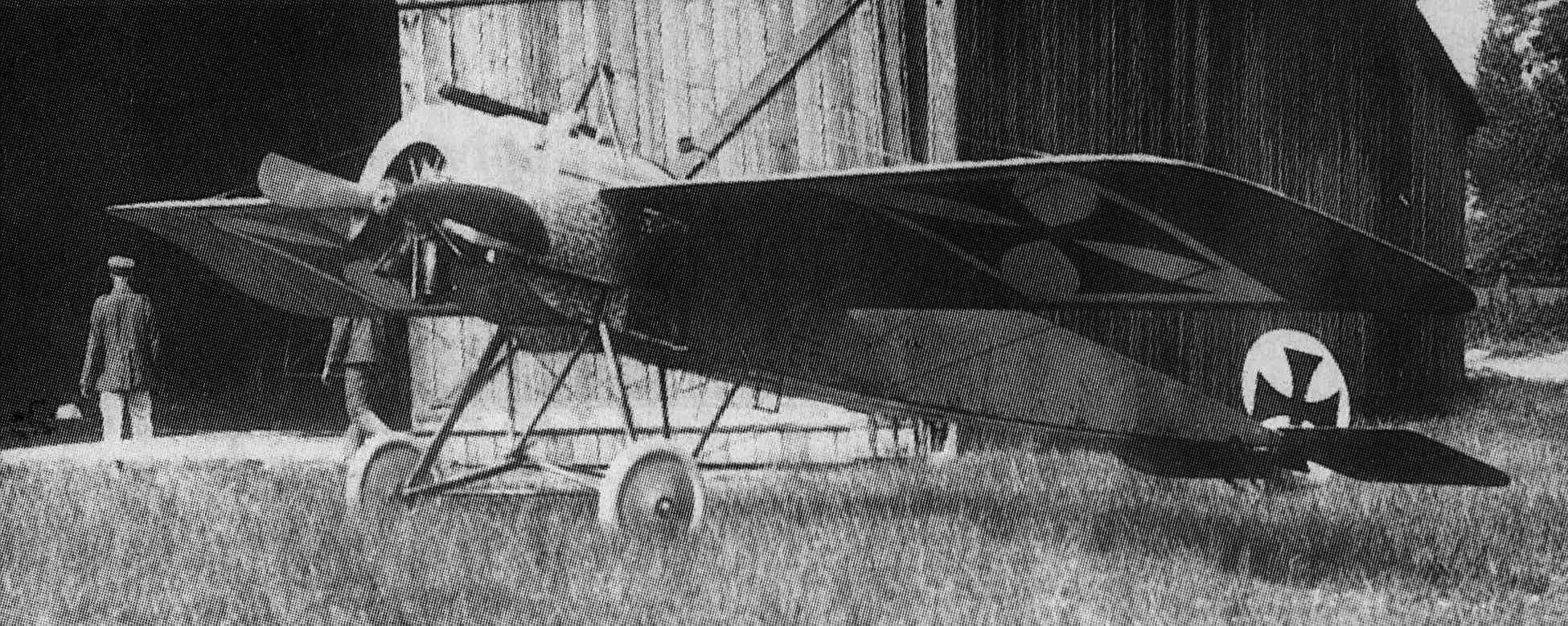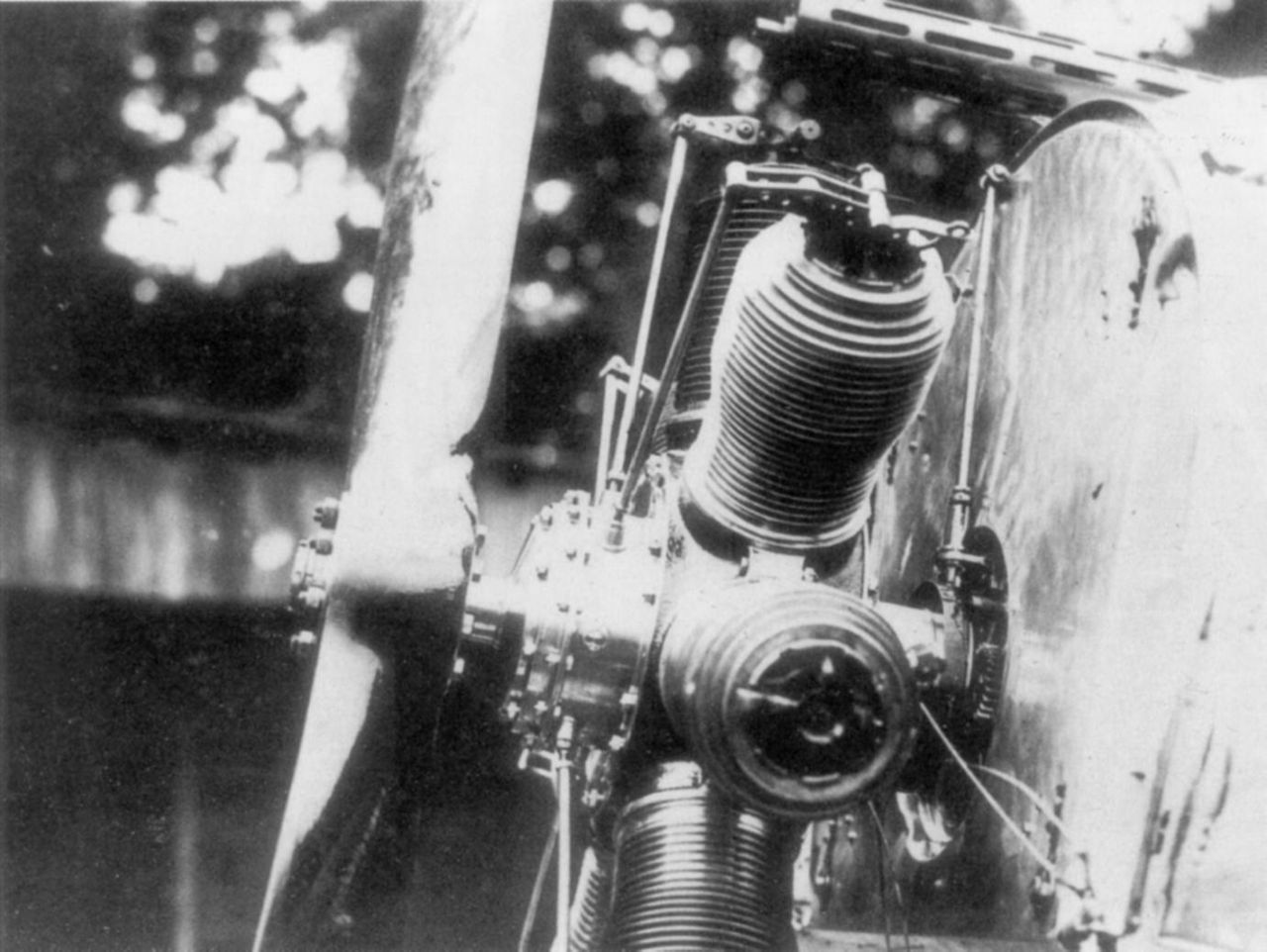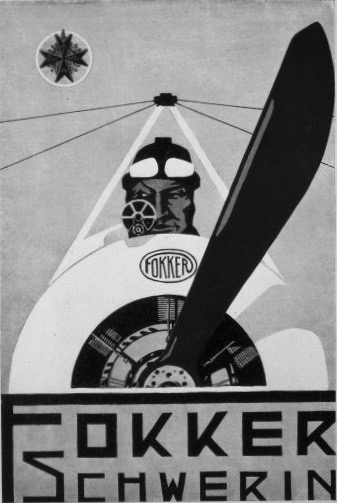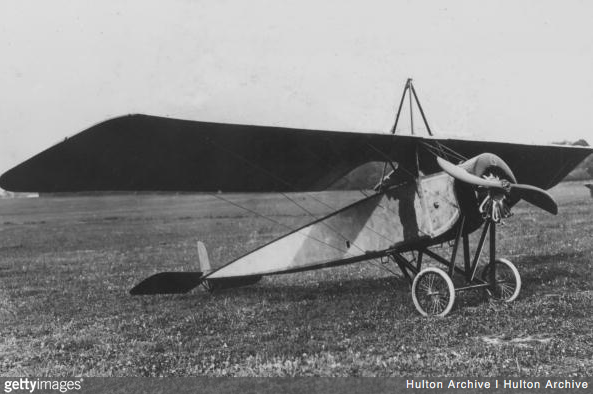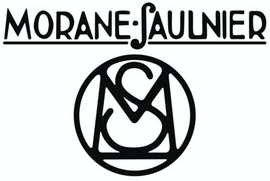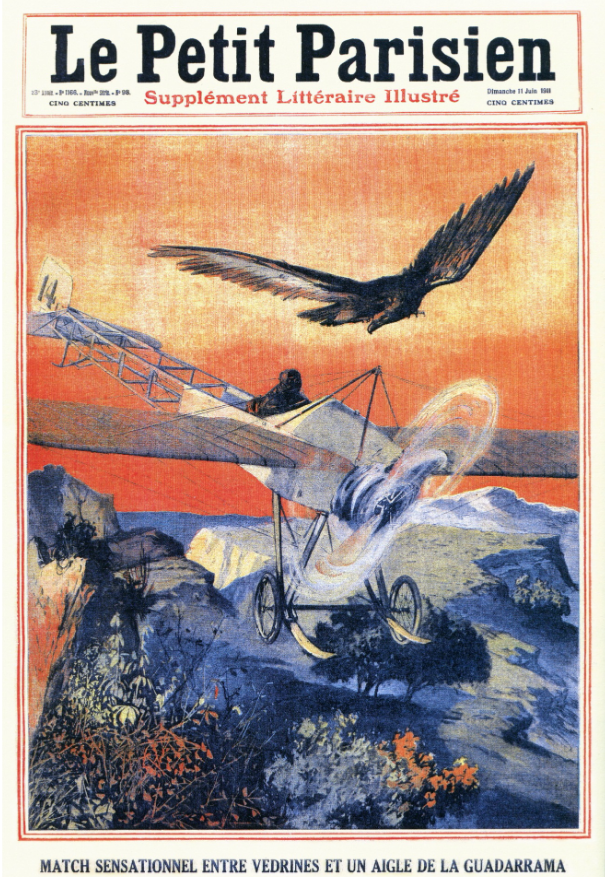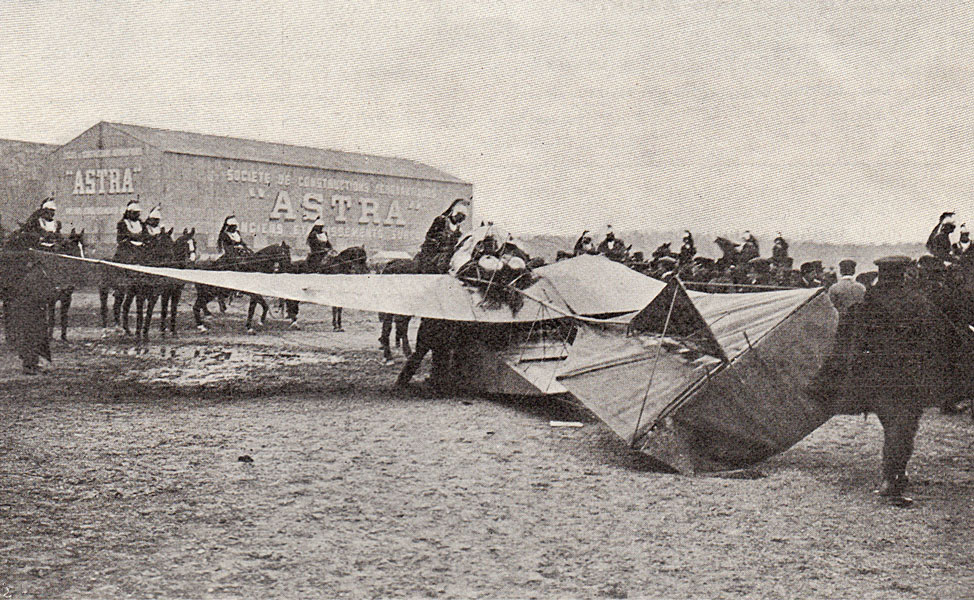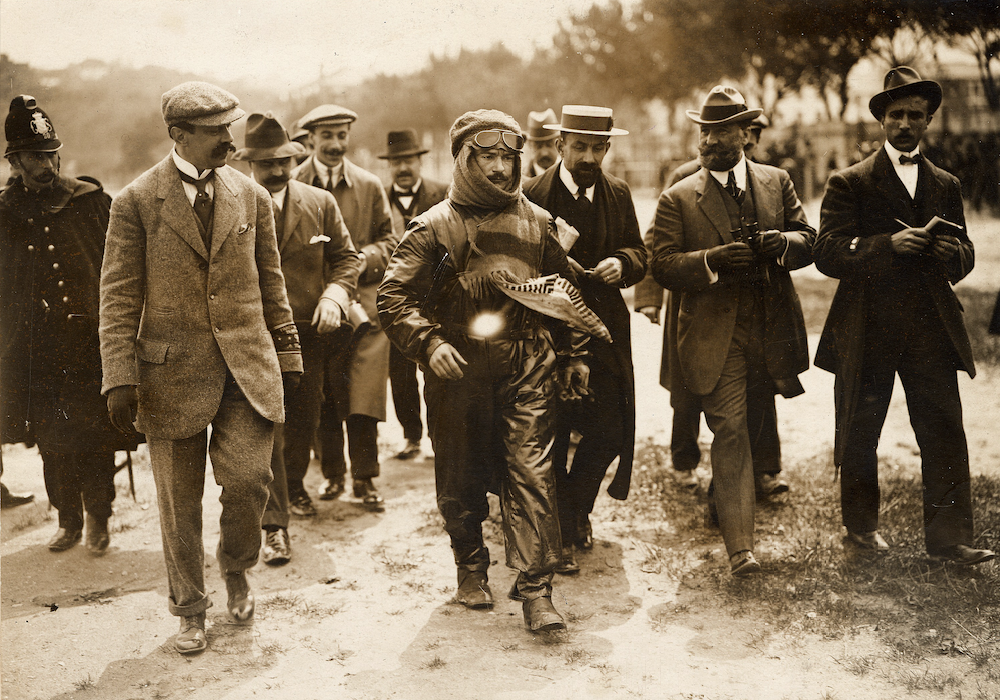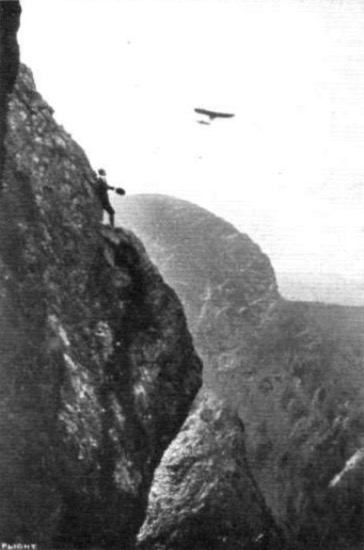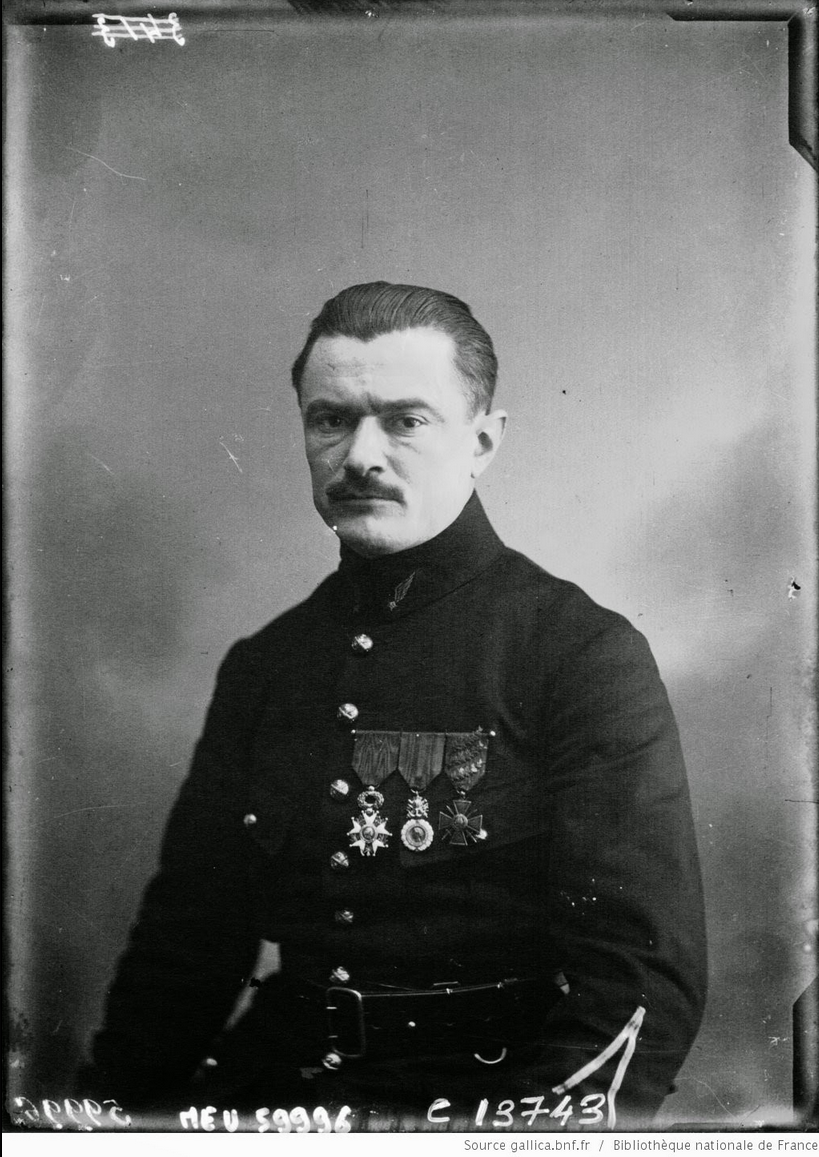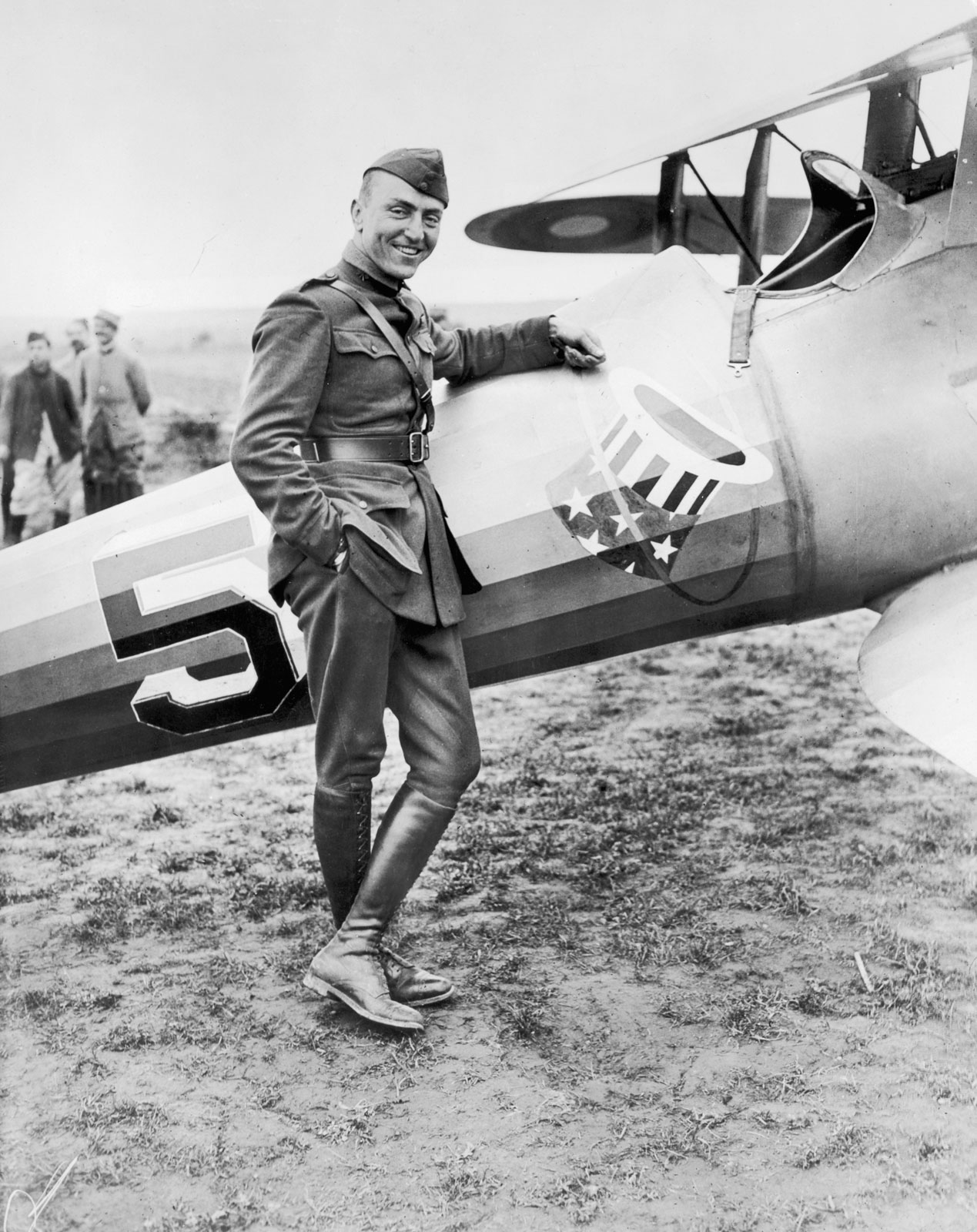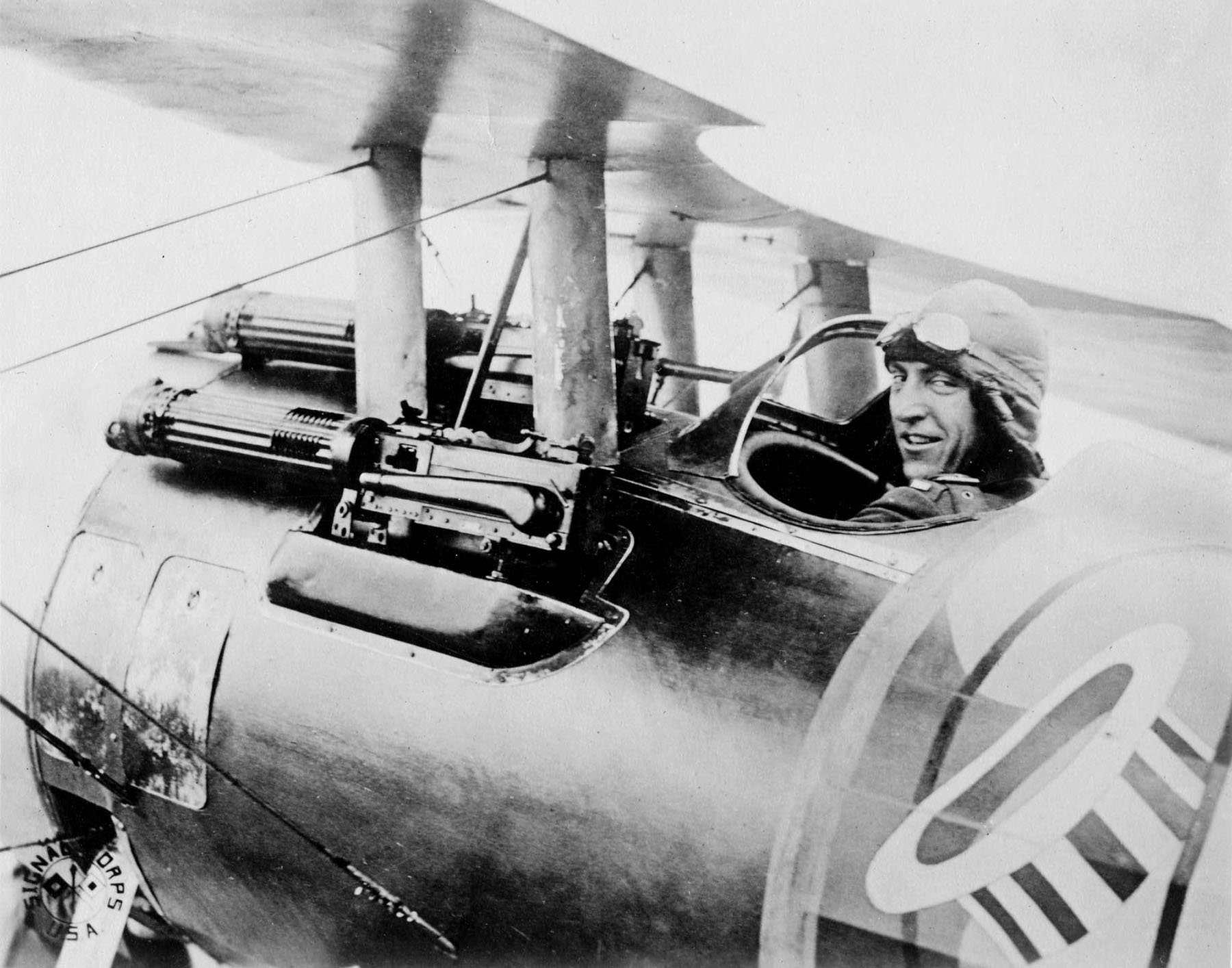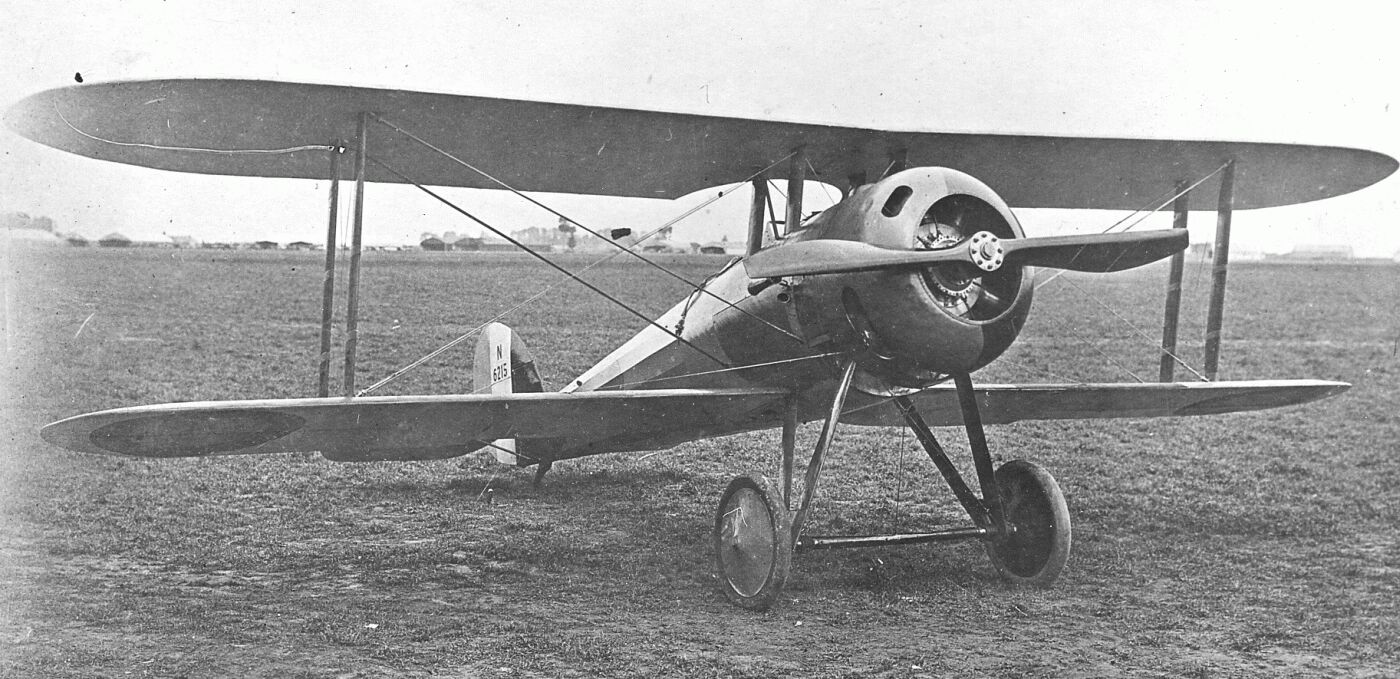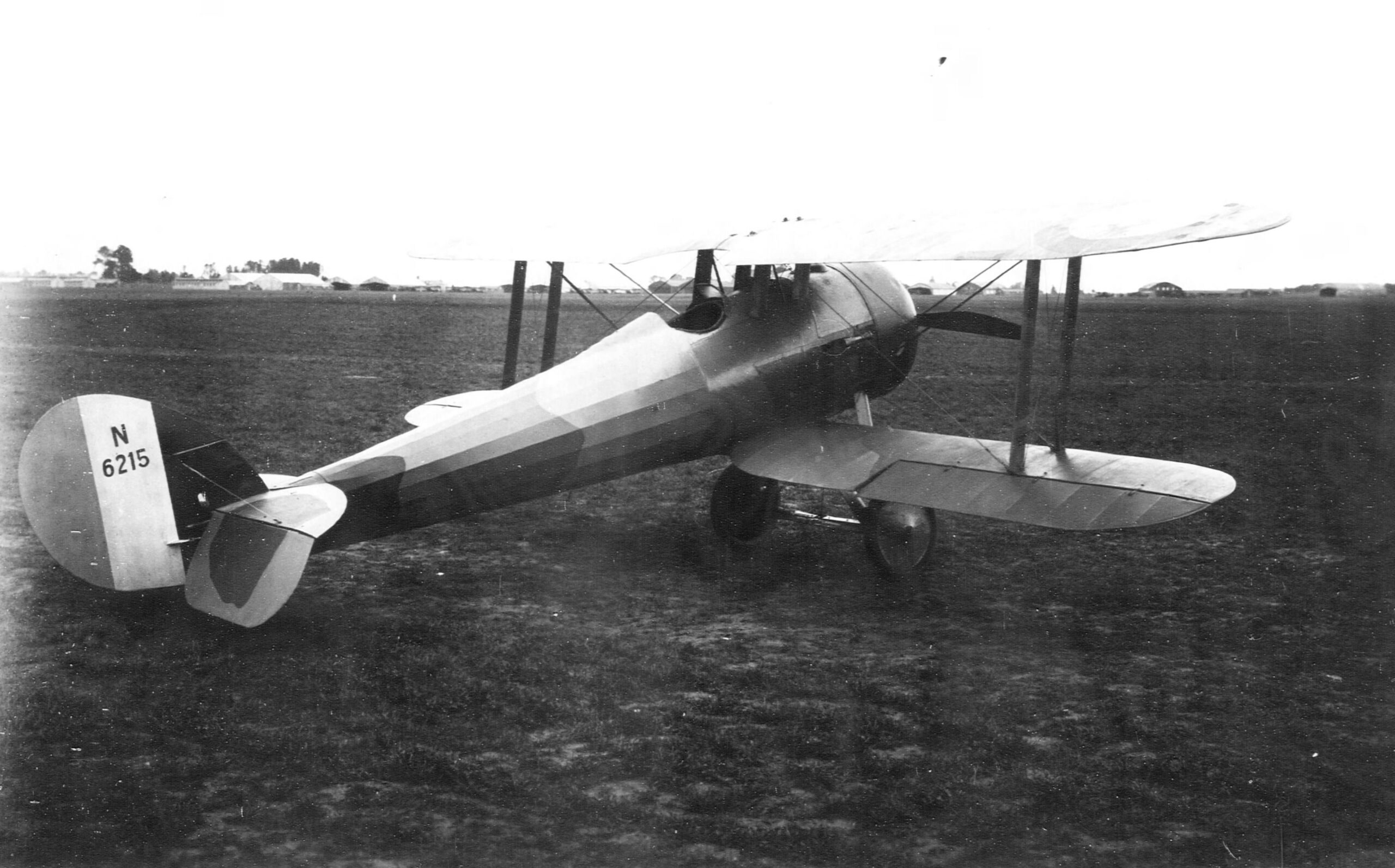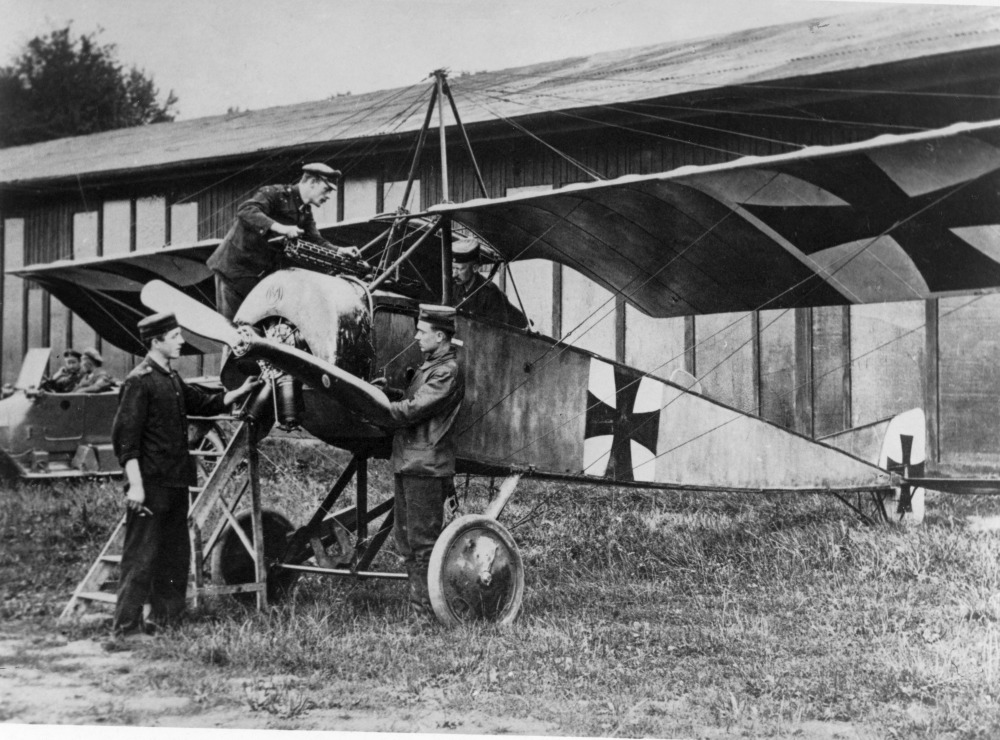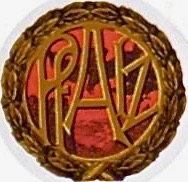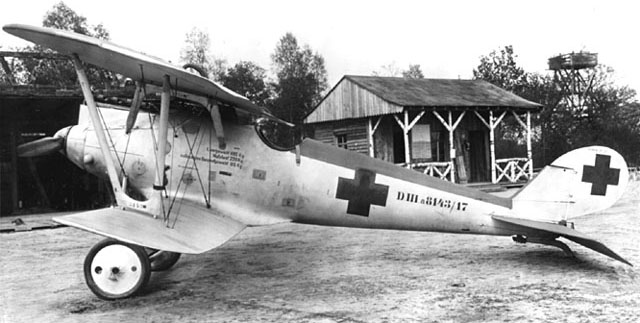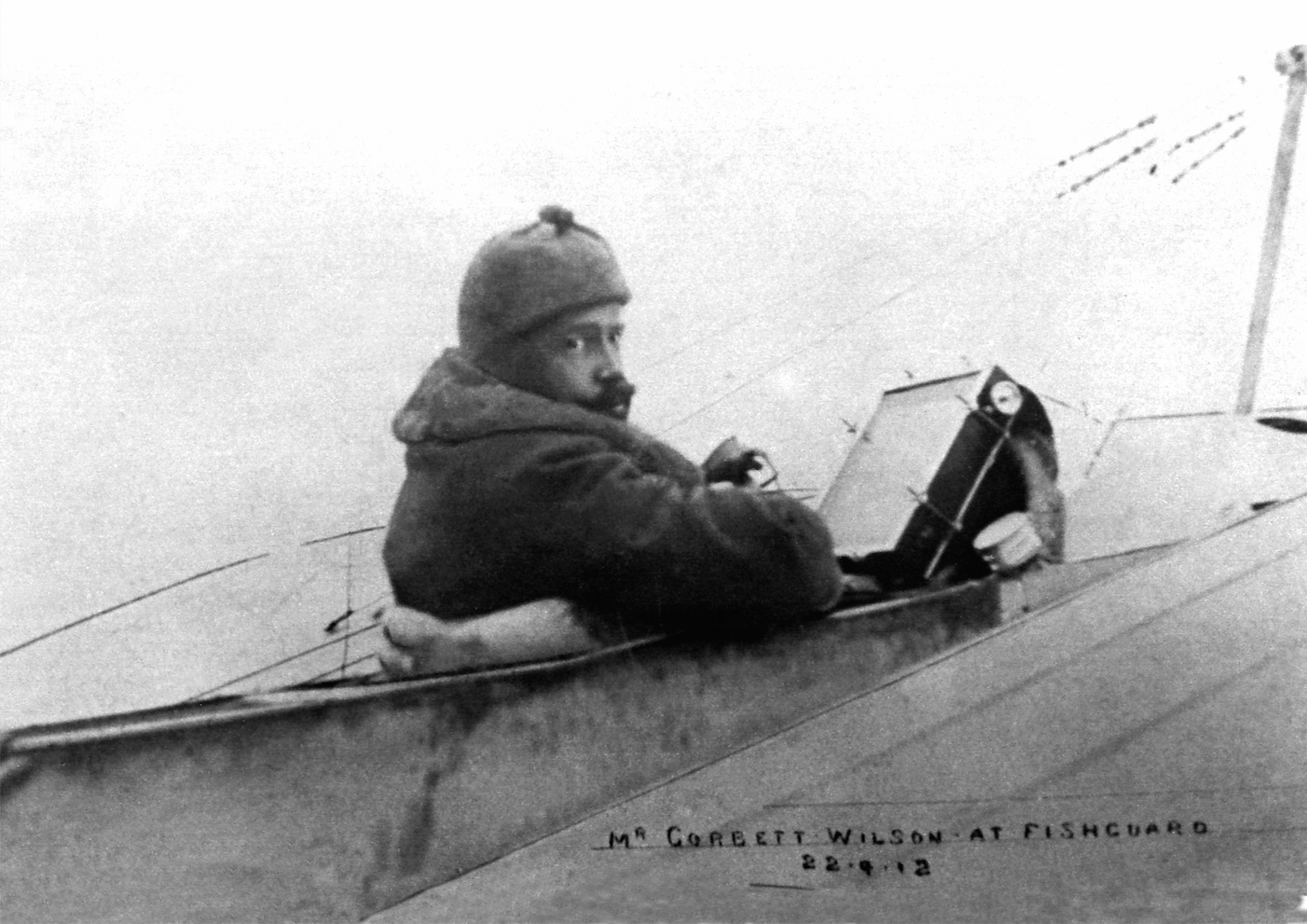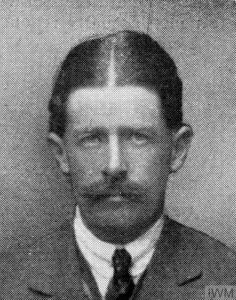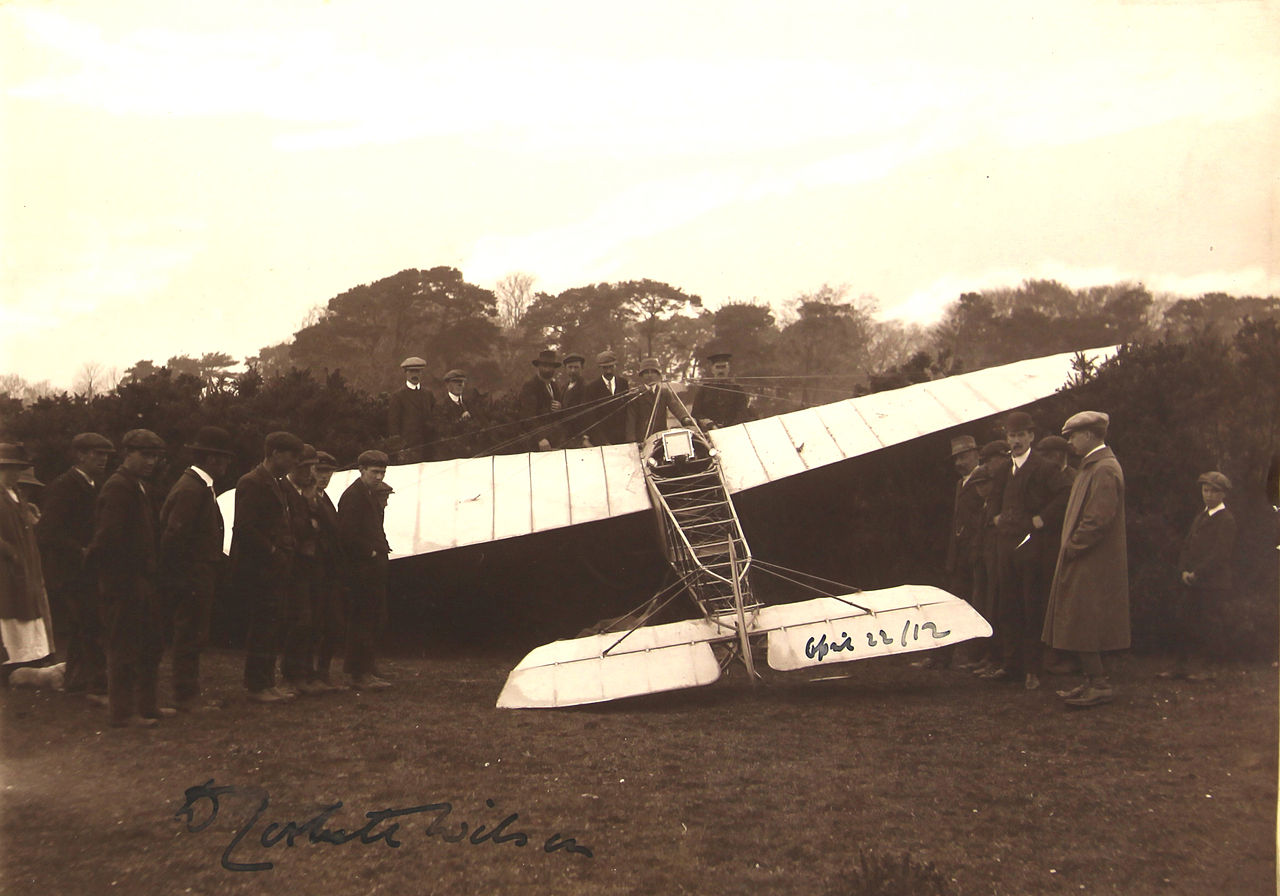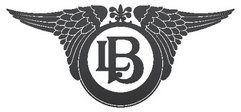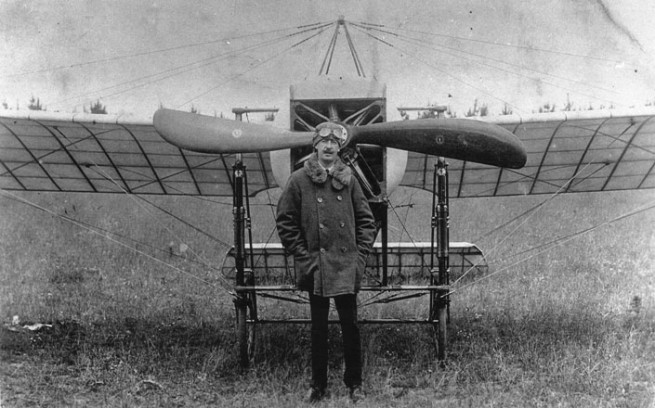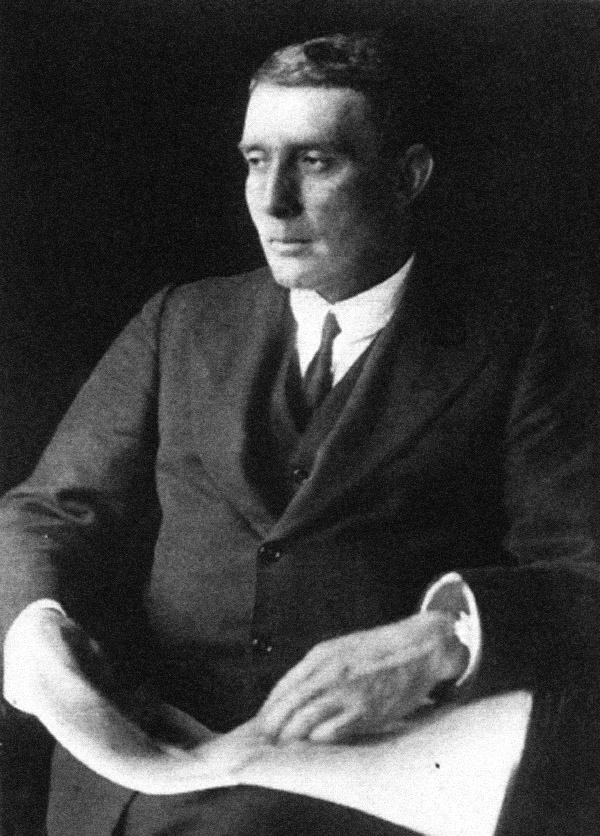
10 August 1912: Frank McLean (later, Lieutenant Colonel Sir Francis Kennedy McLean, A.F.C.) flew his modified Short S.33 float plane, and, according to his obituary in the London Times, 12 August 1955, “. . . created a record by flying up the Thames in a seaplane, passing between the upper and lower parts of Tower Bridge and under London Bridge without touching the water.”
The vertical distance between the upper walkways and the deck of the draw bridge is 141 feet, 0 inches (42.977 meters).
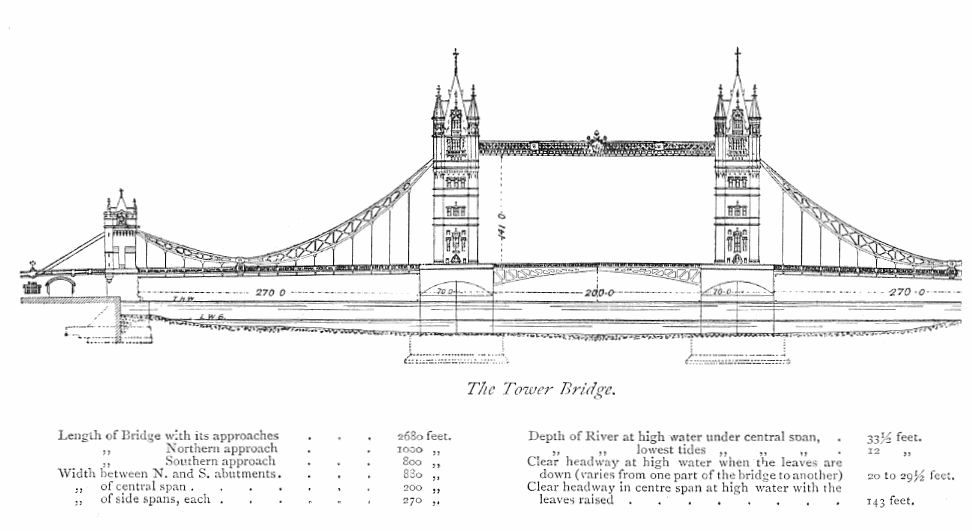
Flight reported the event:
By Hydro-aeroplane up the Thames
ALTHOUGH London was deprived by the appalling weather of the sight of M. Beaumont piloting his hydro-aeroplane up the Thames, the visit of Mr. F.K. McClean more than compensated for the loss. Remembering an appointment in town on Saturday morning, Mr. McClean thought it would be a good idea to come up on his Short machine, and so at 6 a.m. he had it out of its shed at Harty Ferry, in the Isle of Sheppey, and after seeing everything in order he started off. Following the coast round Leysdown, Warden Point to Sheerness, he continued over the Thames. At Gravesend the smoke of various factories rather troubled the aviator but he made good progress. Approaching London Mr. McClean brought his machine lower down and negotiated the Tower Bridge between the lower and upper spans, but the remaining bridges to Westminster he flew underneath, the water just being touched at Blackfriars and Waterloo bridges. He reached Westminster about 8.30 and was taken ashore to Westminster Pier on a Port of London Launch.
The return journey on Sunday afternoon was not so successful—owing to restrictions as to rising from the water which had been imposed by the police. The bridges had all been safely negotiated, and when near Shadwell Basin Mr. McClean started to manœuver to get into the air at the point designated by the river authorities. He had made one circuit when the machine side-slipped, and either through hitting a barge or by sudden contact with the water one of the floats was damaged. The machine was then towed into Shadwell Dock, this operation being superintended by Mr. McClean from the driving seat, and dismantled for its return by road to Eastchurch.
—FLIGHT, No. 190. (No. 33, Vol. IV.) 17 August 1912 at Page759, Column 1
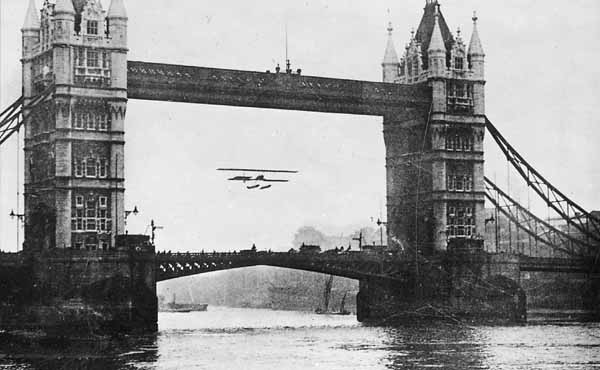
The Short S.33 was a variant of the S.27 biplane, built specifically for McLean. It is a two-place, single-engine four-bay biplane with the engine in a pusher configuration. An elevator is forward. Although it had been fitted with two floats for operating from the water, McLean had it converted to a land plane by installing two wheels on a tube axle attached to the lower wing with four struts. Two wooden skids are also installed. The fuselage is an open rectangular framework. At the aft end is a horizontal stabilizer and elevator, and two rudders. There were two tail skids.
The Short S.33 was 36 feet, 0 inches (10.973 meters) long (following conversion) with an upper wingspan of 70 feet, 6 inches (21.488 meters). The upper wing had a maximum chord of 6 feet, 7 inches. The outer 16 feet (4.877 meters) of the upper wing was swept aft and had a slight dihedral, as did the outer panels of the lower wings. The lower wing had a shorter wingspan and narrower chord—5 feet, 9 inches (1.753 meters)—than the upper wing. The biplane had a gross weight of 1,600 pounds (725.75 kilograms)
The S.33 was powered by an air-cooled 10.292 liter (628.048-cubic-inch-displacement) Société des Moteurs Gnome Gamma 7-cylinder rotary engine producing 70 horsepower at 1,200 r.p.m. It turned a two-bladed, fixed-pitch wooden propeller with a diameter of 8 feet, 6 inches (2.591 meters) through direct drive.
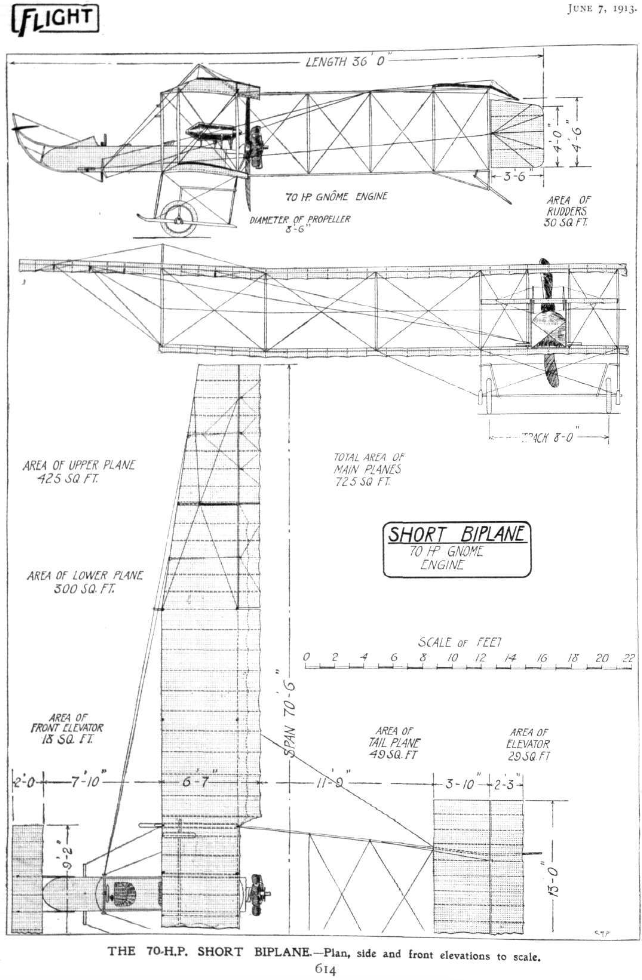
Sir Francis was a civil engineer, astronomer, pioneering photographer and aviator. He received the Royal Aero Club’s Aviator Certificate Number 21 on 20 September 1910.
McLean served in the Royal Naval Air Service during World War I and became an officer of the Royal Air Force when RNAS and the Royal Flying Corps were combined in 1918. He is considered to be the founder of the Fleet Air Arm. McLean was decorated with the Air Force Cross in 1919.
For his services to aviation, McLean was knighted by George V, 3 July 1926 and later appointed High Sheriff of Oxfordshire.
Sir Francis McLean died 11 August 1955 at London, England, after a lengthy illness. He was 79 years old.
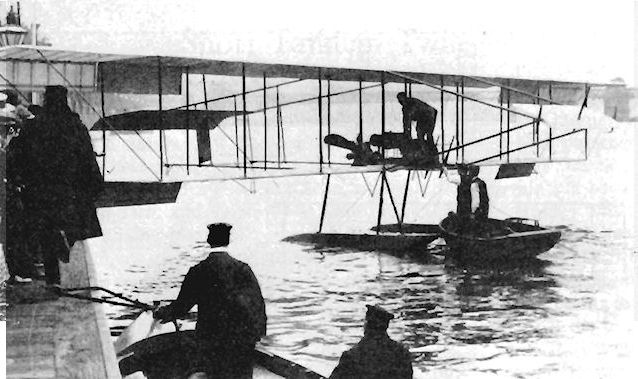
© 2017, Bryan R. Swopes
